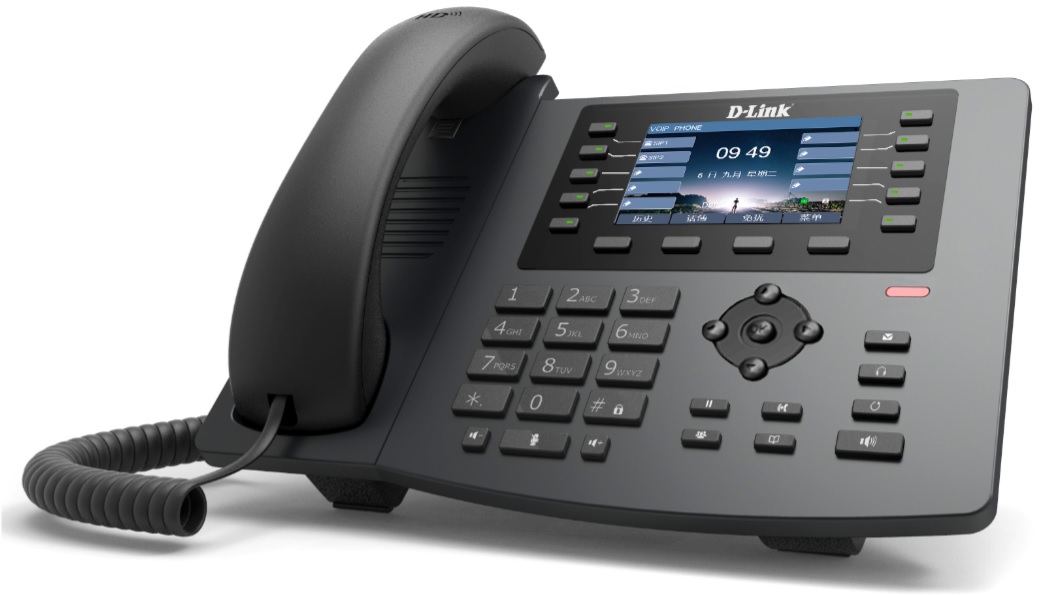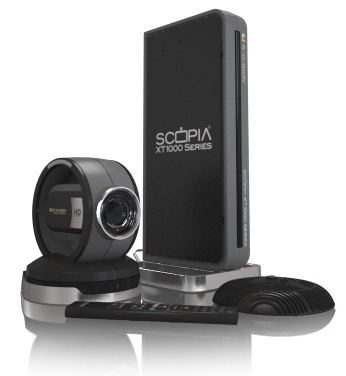


Two types as network readiness assessments can be performed to assess the ability of the network to support Avaya Cloud Office communication services: The end-to-end quality of service requirements stated in Section 4 can be validated by performing a network readiness assessment, which determines the quality of the local enterprise network and the Service Provider network. The requirements stated in Table 2 need to be satisfied for VoIP media traffic to get optimal call quality between Avaya Cloud Office endpoints. Set of standards for wireless communication

Table 1 summarizes the acronyms used in this document: Table 1. For some SMB environment routers, the Configuration Guides under the link provided in Section 8.1 on Enterprise Class and Tested Routers can be used to configure QoS settings.The appendices contain detailed information, such TCP/IP port tables, and IP Address Range for Phone Firmware upgrades.Section 10 contains a description for LAN / WAN bandwidth and capacity requirements.Section 8 provides network specific NAT and firewall requirements.Section 7 specifies requirements and recommendations for specific types of enterprise and wide- area networks.Section 6 specifies the Avaya Cloud Office IP Supernets, which can be used to configure QoS policies, firewall rules, and disable layer 7 functions.For Enterprise and SMB/SoHo environments, the network requirements and recommendations are stated in Sections 6 through 9.The following reading guidelines can be used: Section 5 describes the need to perform Network Readiness Assessment to verify and ensure that the network meets the stated requirements. The Avaya Cloud Office UC Reference Architecture can be used to understand the context of the end-to-end Quality of Service requirements (Section 4) and the network specific requirements and recommendations (Section 6 through Section 9). This document states constraints on network capacity, quality of service, firewall configuration, and unsupported devices and configurations. For the successful implementation of Avaya Cloud Office services, the network requirements must be followed without reservations, while recommendations are advised The purpose of this document is to provide Avaya Cloud Office customers with network requirements and recommendations to ensure that Avaya Cloud Office cloud-based unified communication services operate properly. Amazon Cloud Front IP Address Range for Phone Firmware Upgrades References Bandwidth and LAN / WAN Link Capacity DeterminationĪppendix B. Endpoint and Internet DSCP Traffic Marking Constraintsġ0. QoS Classification and Traffic Treatment Policiesĩ.4. Whitelisting of Domains, IP Addresses, and Portsĩ. Avaya Cloud Office Soft-Client EndpointsĨ.6.3. Unsupported Devices and ConfigurationsĨ.3. End-to-End Quality of Service Network RequirementsĨ.2.
#Recommended bandwidth for avaya scopia desktop client full
RADVISIONs SCOPIA Mobile v3 allows mobile users to connect with full video, audio and H.239 data collaboration to the nearly 2 million installed standards-based video conferencing and telepresence systems worldwide.Avaya Cloud Office Networking Requirements and RecommendationsĤ. #Recommended bandwidth for avaya scopia desktop clinet fullĮffective Video Conferencing from Anywhere Life Takes YouUsers can join standards-based video conferences with full two-way video and see up to 28 participants simultaneously. SCOPIA Mobile can connect to telepresence systems, standards-based HD video conferencing systems and unified communications applications such as Microsoft Lync. Additional highlights include: Data collaboration with review capabilities Users have the ability to view presentations, spreadsheets, documents and images shared in a conference with H.239 data collaboration. Participants can also review previously shared materials without interrupting the presenter using RADVISIONs unique advanced data collaboration slider feature.Meeting control, moderation and administration Users can start or stop recording or streaming, lock a conference or end the meeting. Additionally, they can view the participants list and mute background noises, stop cameras or simply disconnect unwanted participants. Users can also change video layouts including rearranging participants. The application also allows users to view statistics such as codecs in use, resolution, network speed and loss for troubleshooting.3G and Wi-Fi capable SCOPIA Mobile users can video conference almost anywhere through 3G or Wi-Fi including integrated firewall traversal making it a highly effective tool for business travelers.


 0 kommentar(er)
0 kommentar(er)
